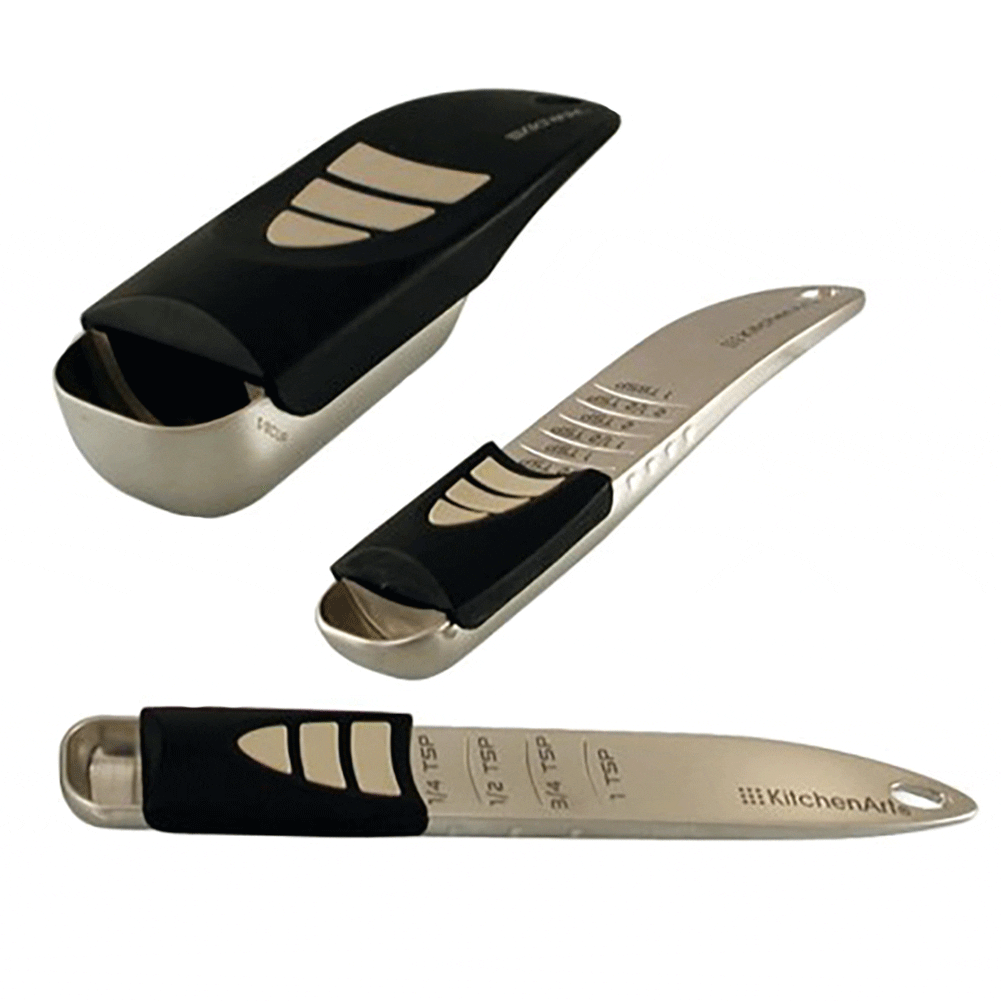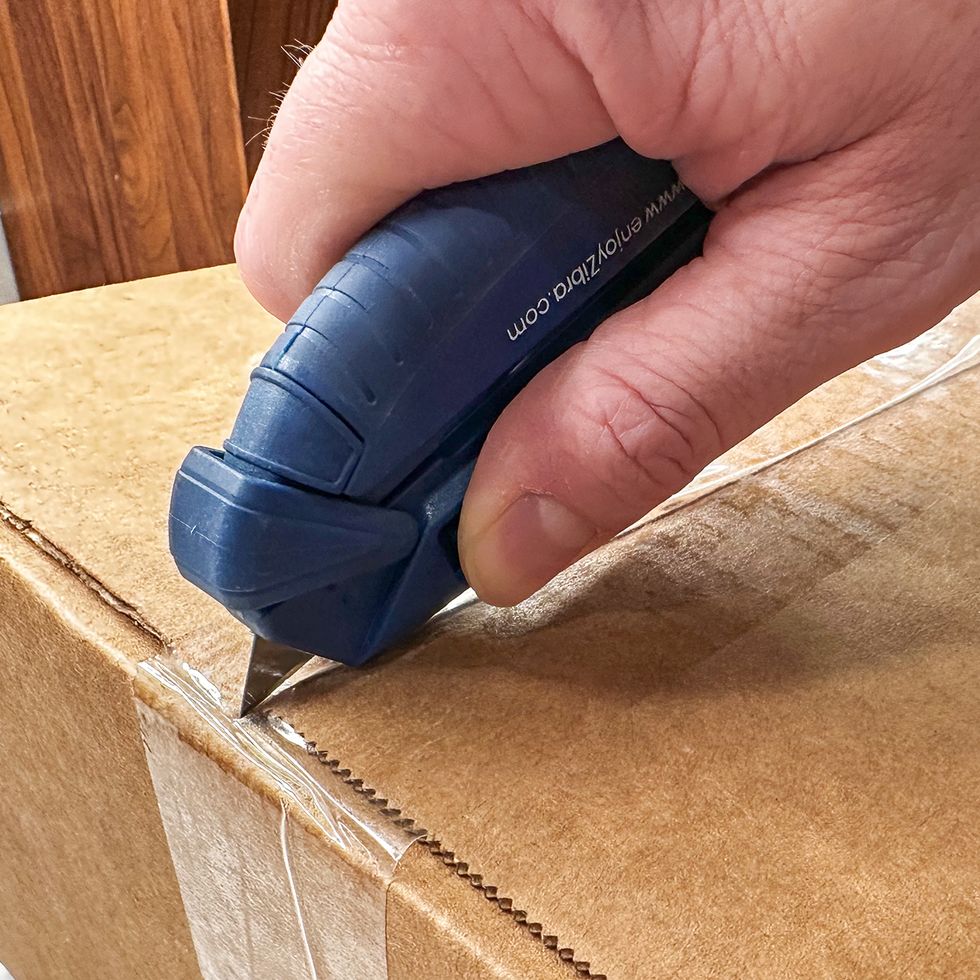Discover Pandipedia
Pandipedia is the world's first encyclopaedia of machine generated content approved by humans. You can contribute by simply searching and clicking/tapping on "Add To Pandipedia" in the answer you like. Learn More
Expand the world's knowledge as you search and help others. Go you!
Jack the Ripper
An unidentified serial killer responsible for the murders of at least five women in London during 1888, whose true identity remains a mystery[1].

Cleopatra VII
The last active ruler of the Ptolemaic Kingdom of Egypt, her burial site continues to be undiscovered, sparking significant archaeological interest[1].
Amelia Earhart
The pioneering aviator who disappeared over the Pacific Ocean in 1937 while attempting to circumnavigate the globe, with ongoing speculation about her fate[11].
Albert Einstein
Known for his groundbreaking physics theories, his complex personal life and philosophical views continue to intrigue many[2].
Kasper Hauser
A mysterious boy found in Nuremberg in 1828, claiming to have been raised in isolation; his origins and murder in 1833 are still subjects of intrigue[3].
D.B. Cooper
A hijacker who vanished after parachuting out of a plane with ransom money in 1971, leaving behind an unsolved aviation mystery[9].
John F. Kennedy
The assassinated U.S. President whose death has fueled numerous conspiracy theories and political intrigue[13].

King Arthur
A legendary figure whose historical existence lacks definitive evidence, lending to numerous myths and tales[7].
George Mallory
A climber who disappeared on Mount Everest in 1924 while attempting to reach the summit; the circumstances of his death remain a mystery[10].
Mary Celeste
A ship found abandoned in 1872 with the entire crew vanished, spurring theories of piracy and supernatural events[1].
Marie Antoinette
The Queen of France whose scandalous life and execution during the French Revolution are shrouded in intrigue[1].
M. Chouchani
An enigmatic Jewish teacher who influenced notable students like Elie Wiesel but whose origins remain obscure[5].
Shanti Devi
An Indian girl who claimed to remember her past life at the age of four, capturing the attention of researchers into reincarnation[3].
Edgar Allan Poe
The author’s mysterious death and the themes present in his writings contribute to his enigmatic reputation[2].
Marilyn Monroe
The iconic actress whose likely suicide was surrounded by speculation about her relationships and connections, fueling conspiracy theories[13].
Green Boots
The nickname for a corpse on Everest, believed to have been an Indian climber, whose identity and fate remain uncertain[5].
Joan of Arc
This national heroine of France claimed to have received visions directing her to lead France, and she was burned at the stake, creating an enigmatic legacy[2].
Nikola Tesla
The inventor and electrical engineer known for his eccentricities and revolutionary ideas, whose life has fueled both admiration and speculation[2].
Madeline McCann
The child who vanished while on vacation with her family in Portugal in 2007, leading to a high-profile ongoing investigation[11].

George Psalmanazar
A mercenary who claimed to be from Formosa but is suspected of having fabricated much of his story, leading to questions about his true identity[3].
Solomon Northup
A free man kidnapped and sold into slavery whose story and fate remains a poignant part of American history[10].

Howard Hughes
The reclusive American business magnate and filmmaker who withdrew from society in his later years, leading to speculation about his life[6].
Nikola Tesla
A brilliant inventor whose mystique is compounded by his eccentric behaviors and innovative contributions to electrical engineering[2].
Elizabeth Short (Black Dahlia)
Murdered in Los Angeles in 1947, her gruesome death remains unsolved and continues to be a subject of fascination[7].
Percy Fawcett
The British explorer who vanished in the Amazon jungle in 1925 while searching for a legendary lost city, embodying the spirit of adventure and mystery[7].
Man of the Hole
The last known member of an Indigenous tribe in the Amazon discovered in 1996, whose identity remains unconfirmed and is symbolic of the vanishing cultures[5].
Bella in the Wych Elm
The unidentified middle-aged woman found murdered in England in 1943, whose identity and the surrounding circumstances remain unsolved[5].
Let's look at alternatives:
- Modify the query.
- Start a new thread.
- Remove sources (if manually added).
- Request a manual search from our human research team.

Instant Pot
A versatile pressure cooker that also functions as a slow cooker, rice cooker, steamer, and yogurt maker.

KitchenAid Stand Mixer
A powerful mixer with numerous attachments for tasks like pasta making and meat grinding.


Anova Sous Vide Cooker
A precision cooker that allows for temperature control for perfect cooking results.

Fullstar Vegetable Chopper
A multi-blade chopper for chopping, spiraling, shredding, and slicing vegetables.
Power AirFryer XL
A multi-functional air fryer that can also serve as a toaster oven, microwave, and rotisserie oven.
8-in-1 Kitchen Tool
A compact kitchen gadget that includes a funnel, citrus squeezer, can opener, and more.
OXO Grate and Slice Set
A small grater with multiple grating styles and a container for easy cleanup.
Chop N’ Drop Cutting Board
A cutting board with integrated grater and storage containers for meal prep.
Barracuda 5-in-1 Tool
A multi-tool that functions as a pasta tong, egg scraper, strainer, rice scoop, and stirring spoon.
Great Jones Full-Steam Duo
A colander and steamer that collapses for easy storage without sacrificing utility.
Smart Oven
Modern ovens with pre-programmed settings for various dishes, ensuring consistent results.
Air Fryer Oven
Combines convection oven, toaster oven, and air fryer functions for quicker, healthier cooking.

Food Processor
A staple that chops, slices, shreds, and kneads, making meal prep faster and more efficient.
Let's look at alternatives:
- Modify the query.
- Start a new thread.
- Remove sources (if manually added).
- Request a manual search from our human research team.
Get more accurate answers with Super Search, upload files, personalised discovery feed, save searches and contribute to the PandiPedia.
Let's look at alternatives:
- Modify the query.
- Start a new thread.
- Remove sources (if manually added).
- Request a manual search from our human research team.

The Xbox 360's 'Red Ring of Death' (RRoD) is a critical hardware failure that indicates a problem with the console. This failure is signified by three flashing red lights around the console's power button, replacing the normal green lights. When users encounter this error, it generally suggests that the console has experienced a fatal error, similar to a computer's blue screen of death[2].
For many gamers, the appearance of the RRoD often meant that their console was effectively rendered unusable. It became a widely recognized issue throughout the Xbox community, and although some users managed to repair their consoles by sending them in for service, the problem persisted broadly across many units[1]. Microsoft eventually revealed that the primary cause of the RRoD stemmed from thermal stress, where the console would heat up and cool down too rapidly, leading to the breaking of connections inside the components rather than just simple overheating[3][4][5]. This issue plagued many units, especially the older versions of the Xbox 360, leading to high failure rates and significant financial costs for Microsoft due to repairs and warranty claims[2][5].
Let's look at alternatives:
- Modify the query.
- Start a new thread.
- Remove sources (if manually added).
- Request a manual search from our human research team.

Understanding personal finance is essential for managing money effectively, achieving financial goals, and ensuring long-term financial stability. Here are the foundational concepts and practices that beginners should know.
The Importance of Budgeting

Creating a budget is one of the first steps in personal finance management. A budget is simply 'a plan for your money,' helping you allocate funds for needs, wants, and savings[4]. It’s crucial because it puts you in control of your finances, allowing you to see where your money goes and helping to avoid overspending.
To start budgeting, assess your income sources, including regular paychecks, side jobs, and any other cash inflows[5]. List your fixed expenses such as rent, utilities, and insurance, and variable expenses like groceries and entertainment. Knowing your spending habits is vital; tracking all expenditures can reveal patterns and areas where you may be overspending[6].
Establishing Clear Financial Goals

Setting specific and achievable financial goals is a critical component of financial planning. These goals can range from short-term objectives, like paying off a particular debt or saving for a vacation, to long-term aspirations such as retirement or funding a child's education[6]. Prioritizing these goals ensures your limited resources are focused on what matters most to you, ultimately guiding your spending and saving behavior[6].
Savings and Emergency Funds
An emergency fund is a safety net that covers unexpected expenses, such as medical emergencies or job loss. Experts recommend saving enough to cover three to six months of living expenses[3][7]. This fund should be easily accessible but kept separate from everyday spending accounts to avoid the temptation to dip into it for non-emergencies.
To build your savings, consider automating transfers to your savings account whenever you receive income. This ensures you 'pay yourself first' before addressing other expenses[2]. Setting clear savings goals and increasing contributions as your financial situation improves can significantly impact your long-term security.
Understanding Debt Management
Managing debt is crucial, especially high-interest debt from credit cards and loans. Prioritize paying off high-interest debts by either using the 'avalanche method' (focusing on debts with the highest interest rates) or the 'snowball method' (paying off the smallest debts first to build momentum)[6]. Consistently make minimum payments on all debts to avoid damaging your credit score while aggressively tackling the ones with the highest rates.
Investing Basics

Investing is a vital part of personal finance that can help build wealth over time. Beginners should start by understanding the various investment vehicles available, such as stocks, bonds, mutual funds, and retirement accounts like 401(k)s and IRAs[3][7]. The earlier you begin investing, the more time your money has to grow through compound interest.
It's also essential to diversify your investments to manage risk effectively. Spreading your money across different asset classes helps protect your portfolio from market volatility, ensuring a more stable investment return over time[3].
Prioritizing Retirement Savings
Saving for retirement should be a priority from an early stage in your career. If your employer offers a retirement savings plan with matching contributions, make sure to take full advantage of it, as this is essentially 'free money'[7]. Aim to save at least 15% of your income for retirement, which includes employer matches, to secure financial stability in later years[6].
Learning About Financial Tools and Resources
Many tools can assist in managing personal finance effectively. For example, budgeting apps can simplify tracking expenses and staying accountable to your budget[5]. Additionally, consider consulting with financial advisors to gain insights tailored to your situation, particularly as your financial life becomes more complex[6].
Continuous Education and Adjustment
Personal finance is not a set-it-and-forget-it process. It's imperative to continually educate yourself about financial principles and strategies, as well as to review and adjust your financial plans regularly based on changes in your income, expenses, or goals[6]. Staying informed helps ensure your financial strategies remain relevant and effective.
By understanding and implementing these foundational aspects of personal finance, beginners can lay the groundwork for a stable and prosperous financial future. Each small step taken towards better financial literacy can lead to more significant successes over time.
Let's look at alternatives:
- Modify the query.
- Start a new thread.
- Remove sources (if manually added).
- Request a manual search from our human research team.
Let's look at alternatives:
- Modify the query.
- Start a new thread.
- Remove sources (if manually added).
- Request a manual search from our human research team.
Get more accurate answers with Super Search, upload files, personalised discovery feed, save searches and contribute to the PandiPedia.

Owala FreeSip Insulated Stainless Steel Water Bottle
Known for its spill-proof design and versatile drinking options, this water bottle has become a must-have[2][3].

Lululemon Everywhere Belt Bag
A trendy accessory providing a stylish way to carry essentials, praised for its practical design and popularity among various age groups[1][3].

Theragun Pro Plus
A top multifunction massage gun designed for muscle relief and recovery, with multiple attachment options[4].
Hatch Restore 2
A sleep aid device that combines an alarm clock, sunset lamp, and sound machine to help with sleep routines[3].

Amazon Kindle Paperwhite
A lightweight e-reader perfect for book lovers, housing a large library within its sleek design[2][3].

3Doodler Flow 3D Printing Pen
A creative tool ranked as the best for beginners, providing hours of entertainment through 3D printing[1][4].

Custom Neon Sign
A personalized decor piece available in various colors and fonts, loved for its quality and customization options[1].

Apple AirPods Max
Premium headphones featuring immersive sound quality and noise cancellation, highly recommended for music lovers[2][3].
Hatch Restore 2
A multifunctional device that also helps with sleep hygiene through customizable wind-down and wake-up routines[3].

Cozy Earth Cuddle Blanket
A luxurious throw blanket favored for its softness and ideal for cozy evenings[4].

Biib 9-in-1 Multitool Pen
A versatile pen featuring multiple functions, making it a practical gift option[1].

Nike Killshot Glitter Swoosh
A stylish sneaker combining classic design with modern glitter accents, suitable for casual wear[4].

Summer Fridays Holiday Lip Butter Balm Set
A popular lip balm set that has garnered attention for its hydrating properties and adorable packaging[2].

Kitsch Satin Heatless Curling Set
A growing trend in hairstyling kits that allows for heat-free curls overnight, promoting hair health[2].

Harry & David Grand Signature Gift Basket
A beloved gift basket filled with sweet and savory snacks, making it a great present for various occasions[4].

Glossier You Rêve
A new fragrance from Glossier that's a perfect gift for both perfume novices and aficionados[2].
Aesom Geranium Leaf Body Cleanser and Balm Set
A luxurious body care set with a fresh feeling and great scent, ideal for self-care gifting[3].

Eberjey Gisele Modal Short PJ Set
Soft and stylish pajamas that are a crowd-pleaser when it comes to comfy loungewear gifts[2].

Mark and Graham Travel Jewelry Case
A personalized jewelry case ideal for travel, offering a practical design with a built-in mirror[2].

Cuyana Travel Case Set
A chic travel case set designed for organization, customizable with initials for a personal touch[4].
Polaroid Instant Camera
An instant print camera perfect for capturing memories in the moment during social gatherings[3].
Let's look at alternatives:
- Modify the query.
- Start a new thread.
- Remove sources (if manually added).
- Request a manual search from our human research team.

The urgent need for effective conservation strategies stems from the alarming rate of biodiversity loss, with over 44,000 species documented as being at risk of extinction. The consequences of these declines threaten the stability of ecosystems that are essential for human well-being, providing services like clean water, livelihoods, and cultural preservation. This report delves into the key challenges surrounding conservation efforts aimed at safeguarding endangered species.
The Declining State of Biodiversity
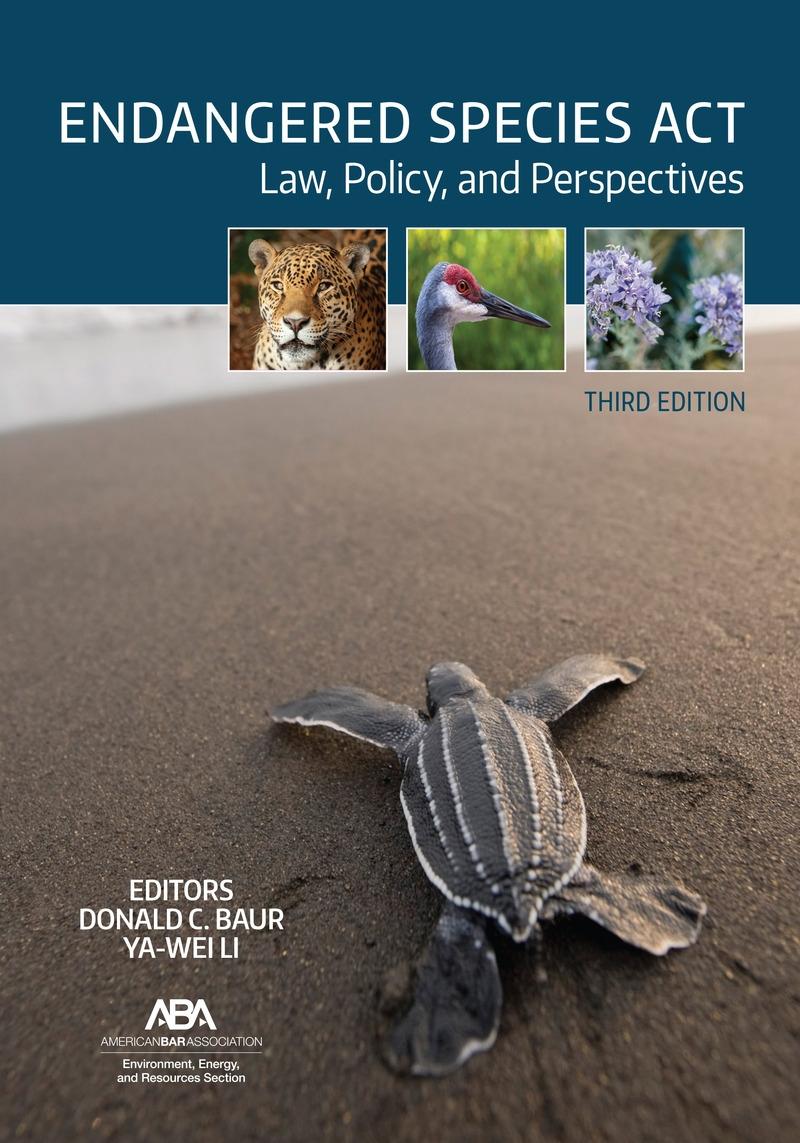
A significant challenge in conservation is the ongoing decline in biodiversity, which is occurring at a pace 100 to 1,000 times faster than what scientists would expect under natural circumstances. This rate of extinction signifies a dire need for effective conservation measures amidst overwhelming evidence that many efforts are insufficiently funded. Despite considerable conservation actions, researchers argue these measures are not currently funded at the scale necessary to reverse global declines in biodiversity[1][5].
Challenges in Implementation and Scale
A comprehensive meta-analysis of 665 conservation trials revealed that conservation actions are effective in improving biodiversity in approximately two-thirds of cases[5]. However, many conservation strategies often suffer from a lack of representation, particularly from regions rich in biodiversity such as sub-Saharan Africa and parts of South America and Southeast Asia. This imbalance in representation means that conservation efforts may not adequately address the specific needs of endangered species in these hotspots[5].
Additionally, while established conservation methods such as protected areas and management of invasive species are shown to be successful, insufficient investment and support hinder their scalability. For instance, effective management of protected areas remains a cornerstone for conservation actions, yet inadequate resources often prevent these areas from operating optimally[1][4].
Overcoming Systemic Drivers of Biodiversity Loss

The systemic drivers contributing to biodiversity loss present another major challenge. Factors such as unsustainable consumption and production practices exacerbate the situation. Penny Langhammer, a lead author of a pivotal study, highlighted that meaningful conservation must include addressing these underlying causes rather than merely focusing on treating the symptoms[1]. Effective advocacy for policy changes and sustainable practices is crucial, as existing laws may not offer the protections needed for many endangered species while failing to account for the impacts of human activities on their habitats.
Knowledge and Learning from Failures
Interestingly, the same meta-analysis indicated that in cases where conservation actions did not yield the intended benefits for target species, valuable lessons were still learned. Conservationists were able to adapt and refine their methods based on these experiences. For example, a conservation attempt in India to remove invasive algae inadvertently led to its spread, providing insights for implementing more effective strategies in the future. The continuous learning and adaptation process within conservation practices is essential in a rapidly evolving environmental landscape[1][4].
The Role of Individual Actions in Conservation

While institutional efforts are paramount, individuals also play a crucial role in conservation. Simple actions taken by the public, such as purchasing sustainable products, advocating for conservation, and participating in habitat protection initiatives, contribute significantly toward safeguarding endangered species[2]. Engaging with local conservation organizations, educating oneself about local wildlife, and volunteering at wildlife rehabilitation centers all empower individuals to impact biodiversity positively. Ultimately, collective grassroots actions complement larger conservation strategies and foster a culture of responsibility toward endangered species.
Emerging Issues in Conservation
Another layer of complexity lies in emerging conservation challenges outlined by experts. Recent discussions highlight the potential threats posed by environmental issues such as climate change, invasive species, and diseases that can rapidly impact marine and terrestrial ecosystems. For example, mass mortality events concerning sea urchins in the Caribbean have raised alarms about the potential for future outbreaks of marine disease, which could further destabilize tropical ecosystems[3].
Moreover, the exploration of new technologies, such as hydrogen energy production and ocean-based carbon removal, presents both opportunities and risks. These innovative approaches may help combat climate change but could inadvertently harm existing ecosystems if not carefully managed[3]. Effectively navigating the balance between advancement and ecological integrity is vital for future conservation success.
Conclusion
The challenges facing endangered species conservation are vast and multifaceted. They require a concerted effort from both institutions and individuals to develop innovative and adequately resourced strategies. The evidence highlights that while many conservation actions are working, the urgency to scale these efforts and address systemic drivers of biodiversity loss is more critical than ever. By enhancing collaborative efforts and ensuring that conservation strategies are evidence-based and well-equipped, we can work towards a more sustainable future for the planet's biodiversity.
Let's look at alternatives:
- Modify the query.
- Start a new thread.
- Remove sources (if manually added).
- Request a manual search from our human research team.
This paper talks about how scientists can study really tiny parts of living things, like their cells, to see how they grow and change. They focus on a special method that doesn’t need a “map” of what a cell should look like, which makes it easier to look at all kinds of creatures, even those we know less about, like axolotls.
Imagine if you had a big box of crayons and wanted to find out what colors the other kids in your class liked. Instead of asking them what colors they choose, you could just look at the crayon marks on their paper to see for yourself! That’s what the scientists did with the living things—they looked for signs in the cells to find out more without needing a special guide to tell them what to look for.
They learned a lot about how certain things like ribosomal RNA (that helps make proteins) and other important parts were used more during special times when the axolotls were growing new brain cells. For example, they found that during a time called 'neurogenesis' (which is when new brain cells grow), some parts of the axolotl's cells worked harder than usual[1].
They also looked at hearts from babies who might have problems and saw that certain parts of the DNA were acting differently, which could help doctors understand how to help these babies better. They reported that some “intron retention” (that's like keeping extra bits of information) was happening more, which is an important clue for understanding heart diseases[1].
In short, this study helps show that by looking closely at cells without the usual maps, we can discover lots of new things about how living creatures grow and sometimes get sick. It’s like being a detective for tiny, tiny things!
Let's look at alternatives:
- Modify the query.
- Start a new thread.
- Remove sources (if manually added).
- Request a manual search from our human research team.
Incorporating Movement into Daily Life
With busy schedules and sedentary lifestyles becoming the norm, integrating movement into your daily routine is vital for your overall health. Fortunately, there are numerous practical strategies to increase your daily activity without requiring significant time investment.
Small Changes Matter

One effective way to begin is by making small adjustments to your daily routine. For instance, taking the stairs instead of the elevator is a simple yet impactful choice that boosts heart rate and strengthens lower body muscles. If possible, park farther away from your destination to gain more steps, or get off public transport one stop early and walk the remaining distance[5][11]. Even everyday chores can offer a great opportunity for movement; activities like cleaning, gardening, or even cooking can all contribute to your physical activity levels[6][9].
Active Breaks

Incorporating scheduled breaks into your day to stretch or walk can significantly increase your overall activity. Utilize these pause periods at work or home for quick exercises such as jumping jacks, lunges, or simply walking around to enhance your focus and energy for the remainder of your tasks[4][10]. Setting a timer to remind you to stand up and move every hour can also combat prolonged sitting.
Multifunctional Activities
Many activities can be made more active. For example, while waiting for something to cook, you can do squats or lunges. When brushing your teeth, add calf raises to combine personal care with exercise[5][9]. You can also incorporate movement into your leisure time by engaging in active hobbies such as dancing or biking rather than passive ones like watching television[6][9].
Walking and Talking
Transform meetings and phone calls into opportunities for movement by walking while you talk. Instead of sitting for calls, use wireless headphones to stay mobile. This not only helps break the sedentary habit but may also enhance creativity and mental clarity during discussions[8][11].
Encourage Family Involvement
Getting your loved ones involved in physical activities can make movement more enjoyable. Plan family outings that involve walking or biking, or play active games together. Group activities often lead to increased participation, making exercise feel more like a fun outing than a chore[4][7].
Tracking Progress

Utilizing technology can help you stay accountable and motivated. Fitness apps and trackers can assist in monitoring your daily steps and activity levels. You can also set specific goals, such as completing 10,000 steps a day or trying to walk more distances over the week. This gamification of fitness often encourages people to move more[5][10].
Integrate Movement into the Workplace

If you work from home or in an office environment, consider altering your workspace. Standing desks or stability balls are great alternatives to traditional seating, encouraging more movement throughout the day[9][10]. Additionally, replace some of your seated meetings with walking meetings, which can stimulate conversations and promote physical activity simultaneously.
Emphasizing Enjoyment
Finding activities you genuinely enjoy is key to maintaining an active lifestyle. Whether it’s walking, cycling, or engaging in team sports or classes, the more you enjoy the activity, the more likely you are to stick with it. Utilizing resources like local community centers can provide various options to try out new sports or join fitness classes[3][11].
Concluding Thoughts
Incorporating movement into your daily routine doesn’t need to be complicated. By making small changes, taking advantage of everyday activities, and focusing on enjoyable pursuits, you can significantly enhance your physical activity levels. Every bit counts, and gradually, these changes will contribute to better health and wellbeing. Start today by picking a few strategies that resonate with you and see how they positively affect your health in the long run.
Let's look at alternatives:
- Modify the query.
- Start a new thread.
- Remove sources (if manually added).
- Request a manual search from our human research team.











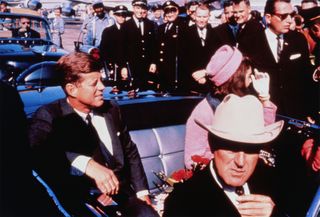

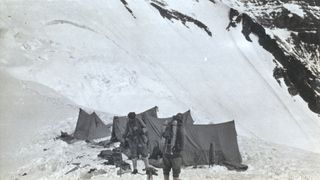








.jpg)






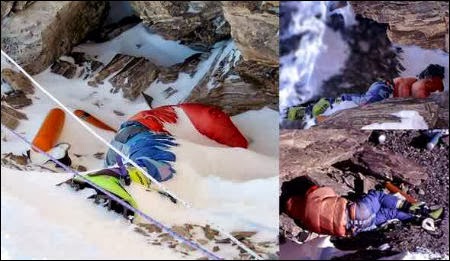








/arc-anglerfish-tgam-prod-tgam.s3.amazonaws.com/public/TSPPCGK7ONHBHBZB54QEETMKS4)




:max_bytes(150000):strip_icc()/howard_hughes-3209440-58e7ac1a5f9b58ef7e11e28f.jpg)























